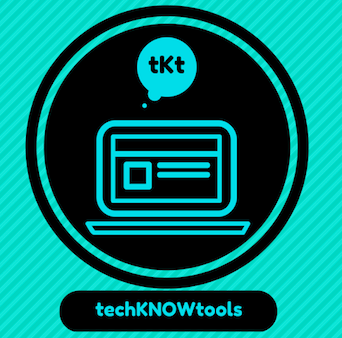Here’s the recap for the last EDUCAUSE webinar of the EDU Sprint series: #EDUSprint 3 – Creating the IT Architecture for the Connected Age. Today’s session talked about the role of IT on campus, technology planning, and the infrastructure of IT services for digital learning.
The session discussed the processes, management strategies, and governance structures from the following higher education leaders on the panel:
- Tracy Futhey, Vice President, Information Technology and Chief Information Officer, Duke University
- Tracy Schroeder, Vice President, Information Services and Technology, Boston University
- Ethan Benatan, Vice President, Chief Information Officer, and Chief Strategy Officer, Marylhurst University
Many spoke about how their IT unit is thinking deeper about services to connect to learning and the needs on their campus in a holistic manner. Tracy Futhey shared her ideas around IT services, and how we not only need to consider location within the organization, but more about the delivery and methods for our IT units.
Although there was talk about campus-wide strategy, I rarely heard much about bringing others around the table for this discussion. Much of higher education still operates in silos, so the full potential of connectedness and planning technology in learning cannot just occur in an IT unit, academic department or business solutions. I think that more administrative leaders need to bring faculty, staff, graduate students, undergraduate students, IT developers, and external shareholders together for these strategy meetings. in higher education. As our campus environments change, so does the IT needs and services to support learning and engagement.
Non-traditional emerging issues: physical architecture, organizing paradigm & new campus experiences, community, analytics, etc #edusprint
— Laura Pasquini (@laurapasquini) August 1, 2013
I did appreciate when Tracy Schoeder shared about the Digital Learning Initiative and Technology Planning at Boston University. Although emerging technological trends evolve, I think that planning and assessment need to be part of the regular planning cycle.
 I also appreciated that BU puts a focus on the human aspect of their planning, and not just the IT solution. Organizational structures should be assessed and reviewed for the IT architecture, to meet the needs and understand the institutional goals for learning.
I also appreciated that BU puts a focus on the human aspect of their planning, and not just the IT solution. Organizational structures should be assessed and reviewed for the IT architecture, to meet the needs and understand the institutional goals for learning.
Finally Ethan Benatan, started with a few predictions on how IT will change, be challenged, and move in the future – which is always a difficult task. I did appreciate that he shared a design process… and that it was just that – A PROCESS. There will not be a single solution to each campus environment, and it takes some agility and insight to move your higher education institution in the right IT direction and continue to assess your needs.
Benaton: Help others own assessment… and beware of tools that impose practices. (That last is my new watchword.) #EDUSprint
— Linda Gilbert (@LSG1991) August 1, 2013
Here are some new links & reads from the session in no particular order:
- State U Online [PDF] http://bit.ly/19zXtDn
- MyData | Office of Educational Technology
- Latest Trends in Student Information Systems: Driven by Competition (@EDUCAUSE Review) http://bit.ly/13q1WVB
- Identity and Access Management http://bit.ly/1ee8h7G resources from @EDUCAUSE
- Toolkit for Developing an Identity and Access Management (IAM) Program, http://www.educause.edu/library/resources/toolkit-developing-identity-and-access-management-iam-program
- Optimizing Computing Infrastructure: Weighing Factors and Identifying Solutions, ACTI [PDF] http://net.educause.edu/ir/library/pdf/ACTI1305.pdf
- What Campus Leaders Need to Know About #MOOCs http://bit.ly/1chWzfD
- The #MOOC Model: Challenging Traditional Education (@EDUCAUSE Review) http://bit.ly/1chVy7l
- Duke Digital Initiative | Technology Initiatives in Support of Teaching and Learning
- #HigherEd in the Connected Age (@EDUCAUSE Review) http://bit.ly/1chUH6K
- Top-Ten IT Issues, 2013: Welcome to the Connected Age (@EDUCAUSE Review)
- Beyond Disruption: Higher Ed Innovation from Within | The Blue Review
- E-Portfolios: Go Big or Go Home (EDUCAUSE Review)
Did you miss the last of the 3-day #EDUsprint? No worries. Here are a few resources for you:
You’re very welcome. Happy learning!



